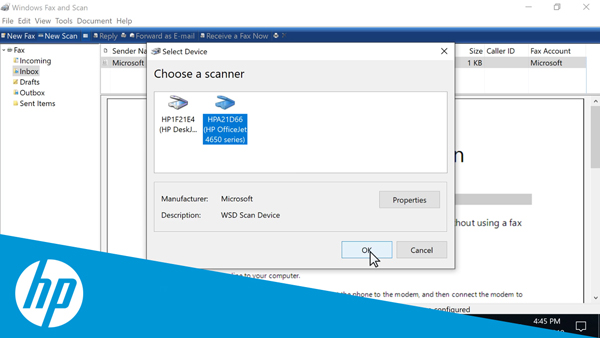


When rebooting, go to the BIOS and enjoy the result. % ProgramFiles (x86)% \ Hewlett-Packard \ HP Support Framework \ Warranty \ HPWSD.exe. Install HP Support Assistant, turn off the Internet, and simply launch To correct this incident, we translate the system time to the time we need, (case is significant, and only two of these options are allowed)Ĭlears the start date of the warranty period to. New version of the utility launched with the / clrwsd or / CLRWSD flag

Please help me and sorry for my bad english. The errors will not be shown at startup.īut in the bios on the first side, there is a "born on date" with ÿÿ/ÿÿ/ÿÿÿÿ all i have repaired with the tool NbDmiFit V2.13. at startup the noteboosk shows serveral problems with product information, system board ct and so on. A single workstation or server can serve as a proxy agent that would contain the SNMP module and service an entire LAN segment of DMI-capable machines.I have a problem with my hp 17-y055ng. For example, when an SNMP query arrives, DMI can fill out the SNMP MIB with data from its MIF. A MIF routine could read memory and report its contents.ĭMI can co-exist with SNMP and other management protocols. Static data in a MIF would contain items such as model ID, serial number, memory- and port-addresses. When software queries a memory-resident agent that resides in the background, it responds by sending data in MIFs ( Management Information Format) or activating MIF routines. Optional additional services: MIF data and MIF routines ĭMI exposes system data (including the System Management BIOS (SMBIOS) data) to management software, but the two specifications function independently.ĭMI is commonly confused with SMBIOS, which was actually called DMIBIOS in its first revisions. įrom 1999, Microsoft required OEMs and BIOS vendors to support the DMI interface/data-set in order to have Microsoft certification. īefore the introduction of DMI, no standardized source of information could provide details about components in a personal computer.ĭue to the rapid development of DMTF technologies, such as Common Information Model (CIM), the DMTF defined an "End of Life" process for DMI, which ended on March 31, 2005. The development of DMI, 2.0 version June 24, 1998, marked the first move by the Distributed Management Task Force (DMTF) into desktop-management standards. The Desktop Management Interface ( DMI) generates a standard framework for managing and tracking components in a desktop, notebook or server computer, by abstracting these components from the software that manages them. Desktop Management Interface Abbreviation Not to be confused with SMBIOS or Direct Media Interface.


 0 kommentar(er)
0 kommentar(er)
